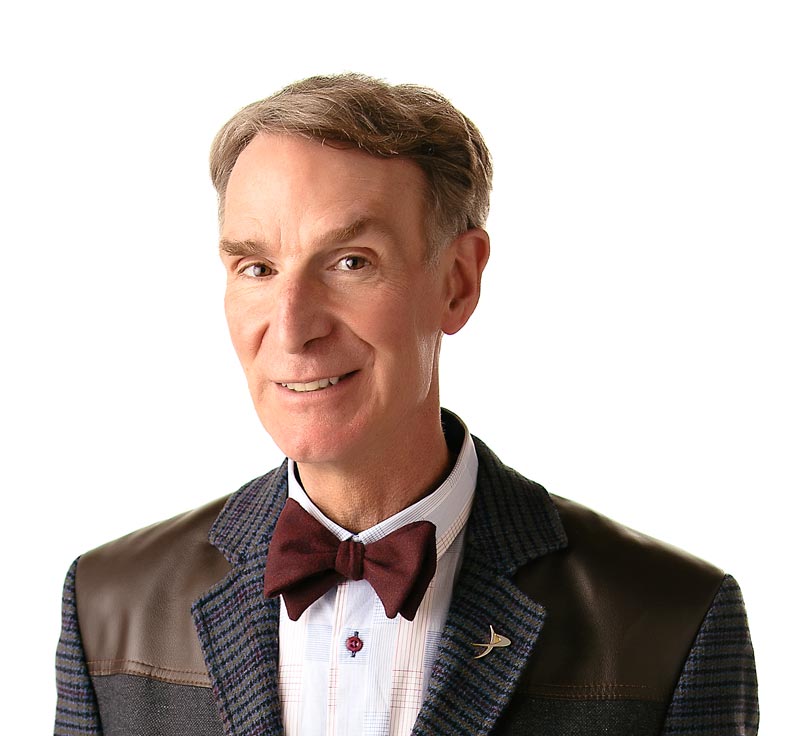Mammals
Bill Nye gives you the furry facts about mammals.
Elephants, panda bears, dolphins, and people are all mammals. There are clues you can look for when you’re identifying mammals. Every single mammal has hair of some sort on its body. All mammals feed their babies milk, which comes from the mothers’ mammary glands. And all mammals are warm-blooded. They keep their body temperature the same no matter how not or cold their environment is. A lot of animal mothers and fathers don’t stick around to raise their young. Fish, frogs, and snakes and spiders lay many, many eggs, then give birth to hundreds of babies and they don’t stick around to take care of them. That way, at least a few fish and frogs will probably grow up and continue the family.
Mammals have far fewer babies. Elephants, humans, deer, and cows usually give birth to one baby at a time. Mammal parents take good care of their little ones to make sure they’ll survive.
Pay tribute to all the rats, mice, guinea pigs, and humans of science by watching the “Mammals” show.
The Big Ideas
- Mammals are warm-blooded so they keep the same body temperature all day.
- All mammals have hair and feed milk to their babies.
- All mammals need their parents to survive.
Did You Know That?
- The biggest animal in the world is a mammal – the blue whale?
- Platypuses and echidnas are the only mammals that lay eggs?
- Bats are the only mammals that fly?
Books of Science!
- “Mammals” by Jenny Tesar. Published by Blackbirch Press, 1993.


